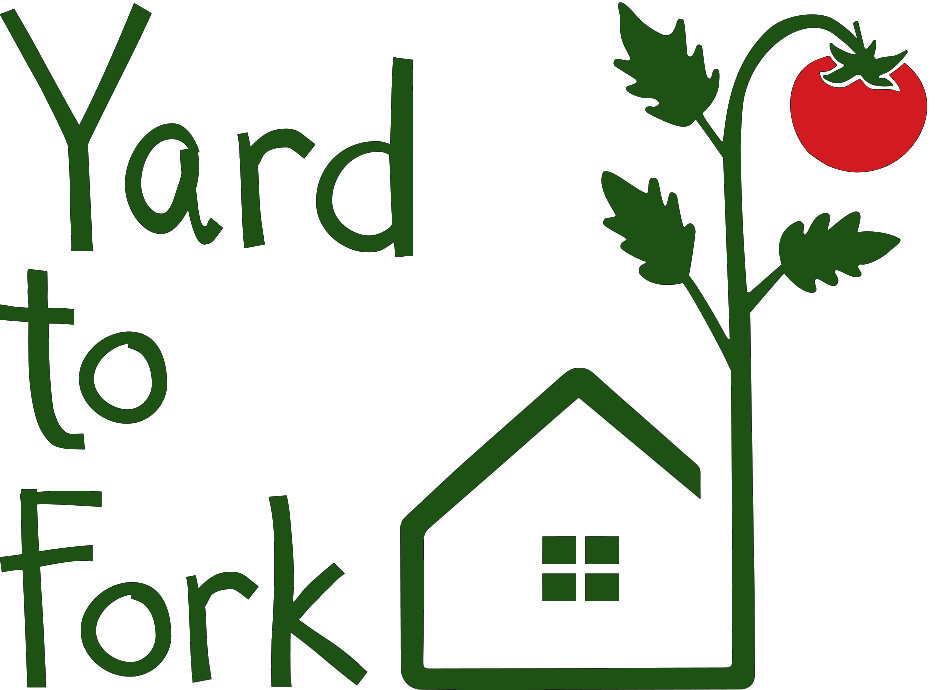Fall Flowers to Help Pollinators
/Fall is a crucial time for pollinating bird and insect species. In the shoulder period between the bloom-explosion of the warm months and the dearth of options in the cold months, critters will stock up on as many resources as can be found, helping them through the Winter. As our veggie-growing season is often extended, extra ornamental flowers will help to attract insects to the yard that will mosey over to your garden beds, ensuring you continue to get a harvest as late as possible. It’s also nice to include some extra color in the garden as vegetable plants are pulled, Summer flowers are dead-headed, and leaves begin to drop.
Here are 6 attractive options in a range of shapes and colors that are common-enough to find at a local nursery. This list is focused on annual flowers, as many common perennial shrubs and trees found in the Sacramento Valley keep blooms later in the year. Annuals are smaller and easy to stick into empty pots and small open corners of the yard, including in empty spaces in your raised beds before you prep it for Winter veggie planting!
Calendula
Calendula flowers come in yellow and orange, and the plant has a loose, upright growth habit of up to 2 feet tall and 18 inches wide. They bloom throughout the cold months and attract bees, birds and butterflies, making them quite the popular member of a garden. They can handle full sun or part-shade, and the petals are edible, making a great addition to salads, baked goods and dish accents.
Anise Hyssop
Also known by its genus name, Agastache, these flowers can be found in red, yellow, orange and purple, and grow in tall spikes, anywhere from 1 to 3 feet tall and wide. Flowers bloom throughout the warm months into mid-Fall, attract all kinds of bees as well as butterflies, and are a favorite of hummingbirds. They prefer full sun for maximum blooms, and the leaves can be brewed for tea with a root beer flavor.
Violas
Violas have a truly diverse palette, and varieties can be found within the full rainbow of colors. They grow in small clumps up to 10 inches tall and wide, making them easy to squeeze in most places, and flowers bloom throughout the cold months. They prefer full sun or afternoon shade. So common as to often be disregarded, violas are a great attractor for butterflies, and the blooms are edible, with crisp texture and mild, lettuce-like flavor.
Zinnias
With large, complex-petal blooms, Zinnias come in a wide variety of colors and can grow up to 3 feet tall and 1 foot wide, making them good for height in compact spaces. Flowers bloom until cool temperatures set in or until the first frost, and are a great boon for butterflies. They prefer full sun, and do great in vases as showy cut flowers.
Marigolds
An old garden standby, marigolds are available in yellow, orange and shades of gold, grow about 12 inches tall and wide, and grow in single or double-petal blooms. Flowers bloom through Fall, and attract bees, birds and butterflies, making them garden superstars. They prefer full sun but can bloom moderately in dappled shade and make nice cut flowers. There is evidence to support them repelling certain nematodes in the soil, but they tend to attract pests rather than repel them. However, this is beneficial as they can act as a pest trap, attracting them away from nearby veggies.
Available in pink, crimson, orange and white, cosmos are another tall-yet-compact plant, growing up to 4 feet tall but easy to keep to 1 or 2 feet wide. Flowers bloom through Fall, and attract birds and butterflies. Preferring full sun, they grow fast, and have a delicate, fern-like foliage which adds a pronounced contrast to nearby plants. Cosmos are pretty as cut flowers and can bloom profusely if dead blooms are consistently cut back.










